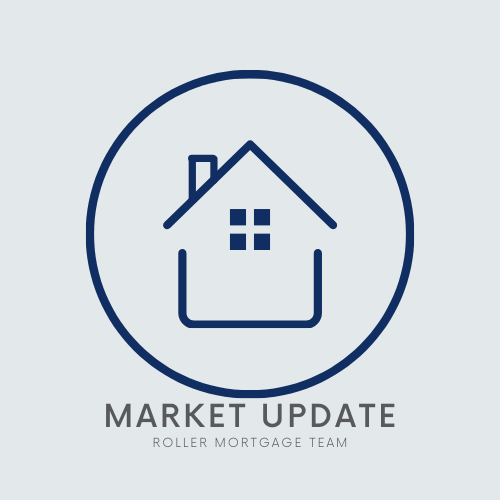Making Sense of the Reverse Mortgage Process
In our golden years, financial stability and freedom become ever more crucial. The term “reverse mortgage” may have crossed your path, but what does it truly mean? How does it work? And most importantly, how does the reverse mortgage process unfold? This guide will answer these questions and more, providing invaluable insights to senior homeowners considering this powerful financial tool.
Reverse Mortgage Process: What is it?
A reverse mortgage is a type of loan available to homeowners aged 62 and above, allowing them to convert a portion of their home equity into cash. Unlike traditional mortgages, reverse mortgages don’t require monthly principal or interest payments. Instead, the loan is repaid when the borrower moves out of the house or passes away.
The Basics of Reverse Mortgages
Reverse mortgages can be a powerful tool for senior homeowners, providing them with a significant source of income during retirement. However, they also entail certain risks and requirements that should be fully understood before proceeding.
Who qualifies?
Qualification for a reverse mortgage requires a few specific conditions to be met.
-
- The primary homeowner must be at least 62 years old. This age requirement ensures that reverse mortgages are available to those who are likely in their retirement years and need additional income.
- The homeowner should have substantial home equity. The amount of equity you have in your home significantly impacts the amount you can borrow, so homeowners who owe little to nothing on their home will get the most from a reverse mortgage.
- The homeowner must live in the home as their primary residence. This requirement is because reverse mortgages are intended to help homeowners stay in their homes, not for investment or rental properties.
How much can you borrow?
The amount a homeowner can borrow in a reverse mortgage varies widely. It is primarily determined by the age of the youngest borrower, current interest rates, and the home’s appraised value or the FHA’s mortgage limits, whichever is less.
The older the borrower, the more they can typically borrow. This is because the loan is expected to accrue interest over a shorter period. Similarly, lower interest rates will allow for a larger loan amount.
The home’s appraised value or the FHA’s mortgage limits also play a crucial role. If your home is worth a lot and you have a significant amount of equity, you’ll generally be able to borrow more. However, the FHA’s mortgage limits can cap the amount you’re able to borrow, even if your home is worth more.
What can the funds be used for?
One of the most attractive aspects of a reverse mortgage is the flexibility it provides in terms of how the funds can be used. There are no restrictions on use, meaning you can employ the funds where you see fit.
This freedom makes reverse mortgages highly appealing for a wide range of needs, from healthcare costs and home improvements to supplementing retirement income. Whether you’re looking to finance a major renovation project, handle unexpected medical bills, or just want a more comfortable retirement, the choice is yours. It’s a financial tool that can be tailored to your specific circumstances and goals.
The Reverse Mortgage Process Explained
Navigating the reverse mortgage process might seem overwhelming, but with the right guidance, it can be comprehensible and manageable. The LeaderOne Financial Roller Mortgage Team has demystified the process into a series of clear, straightforward steps:
Education and Counselling
Every journey begins with understanding, and a reverse mortgage is no exception. This initial step is all about acquainting you with what a reverse mortgage is, understanding your specific needs, and exploring all the options available to you.
To help you gain a firm grasp of the reverse mortgage landscape, you’ll attend a counseling session led by a HUD-approved counselor. This professional will walk you through the terms, conditions, and implications of a reverse mortgage. This unbiased advice is designed to ensure you’re fully informed and ready to make the best decision for your circumstances.
Application and Processing
Once you’ve attended counseling and decided to proceed, the next step is to submit your application. This form will ask for various pieces of information that will be used in determining your loan eligibility and amount.
As part of the processing, your home will be appraised by an independent appraiser. This appraisal helps establish the current market value of your home, which, in turn, is a key factor in determining how much you can borrow via a reverse mortgage.
Underwriting
After your application and home appraisal are submitted, the underwriting phase begins. During this process, the lender meticulously reviews your application, your credit report, and your home appraisal. The underwriter will assess your creditworthiness and the value of your home to ensure you meet the loan’s requirements.
If the underwriter finds everything in order and is satisfied that you meet the requirements, they’ll issue a “clear to close.” This signifies that you’ve met all the lender’s conditions and your loan is ready to proceed to the final step.
Closing
The closing is the final step in obtaining a reverse mortgage. At the closing meeting, you’ll sign all necessary loan documents. The lender will ensure you understand all the terms and conditions of your loan.
After you sign the paperwork, the loan will be recorded, and the funds will be disbursed. You get to choose how you’d like to receive the funds, whether as a lump sum, a line of credit, monthly payments, or a combination of these. From there, you’re ready to start using the funds to achieve your financial goals.
The Benefits of Reverse Mortgages
Despite the complexities associated with reverse mortgages, they offer numerous benefits that can significantly enhance a senior’s financial stability. Here are some of the key advantages to consider:
Increased Cash Flow
As we age and transition into retirement, our income often reduces significantly. This can make meeting day-to-day expenses, medical costs, and other financial obligations a challenge. A reverse mortgage can serve as a reliable source of extra income, providing a steady stream of cash flow to help cover living expenses and other financial needs.
Freedom of Use
Unlike many traditional loans that come with strict spending stipulations, there are no such restrictions on the funds derived from a reverse mortgage. This means you have the liberty to use the loan proceeds as you see fit, whether it’s for home improvements, travel, healthcare costs, or simply as a financial cushion for retirement.
Stay in Your Home
A key selling point of a reverse mortgage is the ability to remain in your home while leveraging its equity. As long as you continue to meet the ongoing requirements of the loan, such as paying property taxes, maintaining homeowner’s insurance, and taking care of the home, you won’t be obligated to repay the loan until you leave the home.
The Drawbacks of Reverse Mortgages
While reverse mortgages can provide numerous benefits, they aren’t suitable for everyone. Here are a few potential drawbacks to consider:
Loan Accumulation
One of the unique features of a reverse mortgage is that you don’t have to make monthly repayments. However, this means that the interest is continually added to the loan balance, causing the amount you owe to grow over time.
Impact on Heirs
Upon your passing or if you permanently move out of the home, the loan becomes due. Your heirs would be required to repay the loan, often through the sale of the home. This could impact their inheritance, as they may receive less than they might have if you didn’t take out a reverse mortgage.
Fees and Costs
Reverse mortgages can have higher closing costs and fees compared to traditional mortgages or other types of loans. These may include origination fees, mortgage insurance premiums, and other closing costs. It’s important to factor in these costs when considering a reverse mortgage.
Frequently Asked Questions about the Reverse Mortgage Process
The reverse mortgage process and its implications can raise several questions. Here are some commonly asked questions and their answers to help you gain more clarity:
What happens to my house after I pass away?
After your passing, your heirs will inherit the responsibility of the loan. They can choose to repay the reverse mortgage loan and keep the house, or they can opt to sell the home. If they choose the latter, the proceeds from the sale will be used to repay the loan, and any remaining equity will go to the heirs.
Can I outlive my reverse mortgage?
No, you cannot outlive a reverse mortgage as long as you continue to live in your home as your primary residence, maintain the property, and keep up with property charges such as taxes and insurance. The loan does not require repayment until you move out permanently, sell the home, or pass away.
What if the loan balance becomes more than my home’s value?
Reverse mortgages are non-recourse loans, meaning you or your heirs will never owe more than the home is worth when it comes time to repay the loan. If the loan balance exceeds the home’s value, the extra amount is covered by the Federal Housing Administration’s (FHA) insurance fund, not by you or your estate.
Does the bank own my home?
No, the bank does not own your home when you take out a reverse mortgage. You retain the title and ownership of your home throughout the duration of the loan. The lender simply has a lien on the property, much like a traditional mortgage.
Are reverse mortgages scams?
While there are unscrupulous actors and scams associated with reverse mortgages, the product itself is a legitimate financial tool. To protect yourself, it’s important to work with reputable lenders like the LeaderOne Financial Roller Mortgage Team. Furthermore, attending the mandatory HUD counseling session can help you understand the process and make informed decisions. Always be vigilant and conduct your due diligence when engaging in any financial transactions.
The LeaderOne Lowdown on the Reverse Mortgage Process
The reverse mortgage process can be a viable financial strategy for senior homeowners seeking to leverage their home’s equity. It provides an increased cash flow, freedom of use, and the ability to stay in your home. However, it’s crucial to weigh these benefits against potential drawbacks like loan accumulation, impact on heirs, and costs.
Every financial decision warrants careful consideration and professional advice. By understanding the reverse mortgage process, you’re on the right path to making an informed decision that aligns with your financial goals.
Remember, knowledge is the first step to financial freedom. Stay informed, be proactive, and live your golden years on your terms



